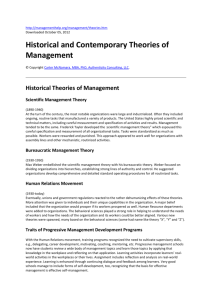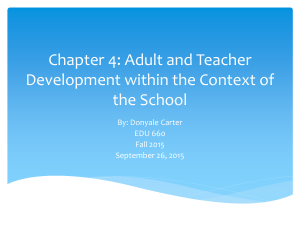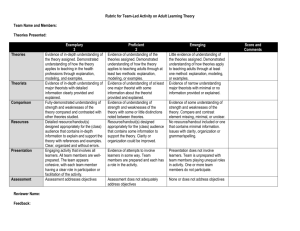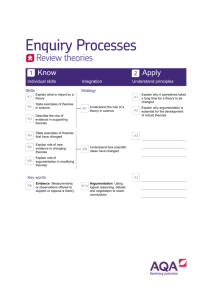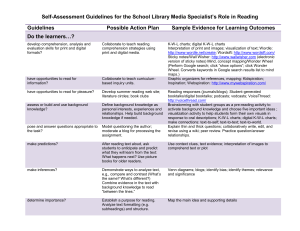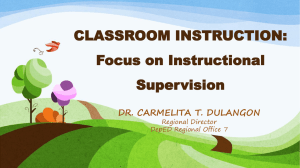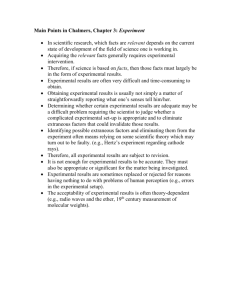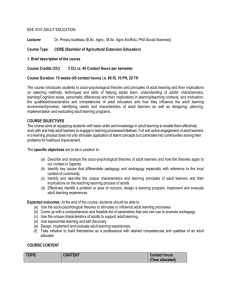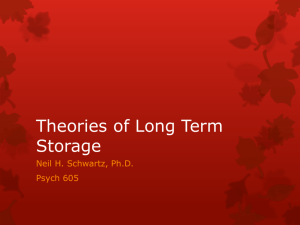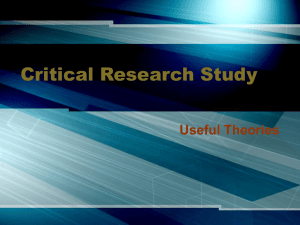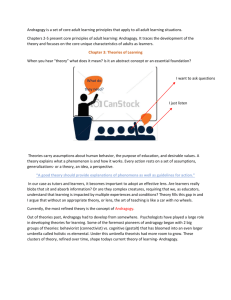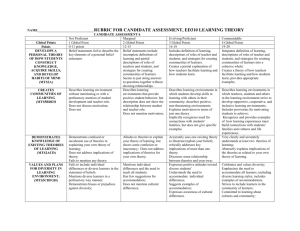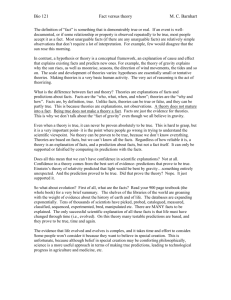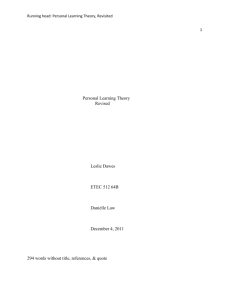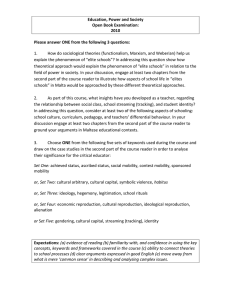Historical Context for Literacy Instruction
advertisement
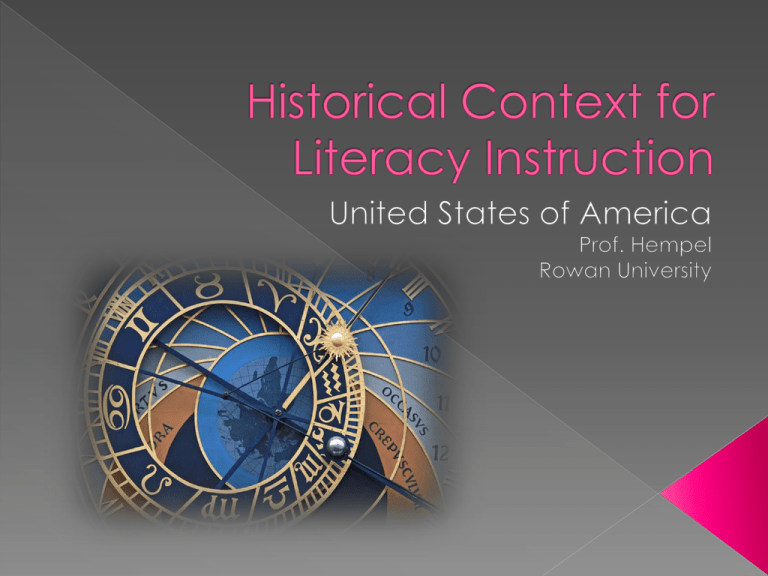
Learning theories that have influenced the teaching of reading and writing. From a historical perspective, what are these theories? Which theories represent how each of us teach? Which theories guide effective classroom practice today? 1. Teachers are committed to students and their learning. 2. Teachers know the subjects they teach and how to teach those subjects to their students. 3. Teachers are responsible for managing and monitoring student learning 4. Teachers think systematically about their practice and learn from experience. 5. Teachers are members of Learning communities The five core propositions of the National Board for Professional Teaching Standards Behaviorism Constructivism Interactive Sociolinguistics Reader Response Critical Literacy Characteristics Teachers provide direct instruction. Teachers motivate children and control behavior. Teachers use tests to measure learning. Children are passive learners. Applications Teachers use basal reader programs, post word walls in the classroom, and use tests to measure children’s learning Characteristics Children are active learners Children relate new information to prior knowledge Children organize and relate information to schemata Applications Children use K-W-L charts, make personal, world, and literary connections to books they are reading, and choose the books they read and topics for writing Characteristics Children use prior knowledge and features in the text to guide comprehension Children use word identification skills and comprehension strategies Applications Teachers use guided reading and model strategies using think- alouds, and children use reading and writing strategies and draw graphic organizers to aid in their comprehension Characteristics Thought and language are related. Children use social interaction as a learning tool. Teachers provide scaffolds for children Applications Teachers read aloud to children, use shared reading, the Language Experience Approach, and interactive writing because the teacher provides a scaffold Characteristics Readers create meaning as they read and write Children vary how they read and write according to aesthetic and efferent purposes The goal is for children to become lifelong reader and writers Applications Children respond to literature by writing in reading logs and participating in grand conversations and instructional conversations. Other applications include reading and writing workshop Characteristics Children are empowered through reading and writing. Readers think critically about books they are reading. Children become agents for social change Applications Children read multicultural literature, consider social issues in books they read, write letters to the editor, and pursue community projects, and teachers apply this theory when they create inclusive communities of learners in their classrooms If I reflect on my classroom practice, where do I fit in. What theory or theories best reflect my instructional practices Please write in your journals and provide examples of what you do and what learning theory is the best fit for that example. Tompkins, Gail, (2007). Literacy for the 21st Century : Teaching Reading and Writing in Pre-Kindergarten Through Grade 4. Pearson Merrill Prentice Hall National Board for Professional Teaching Standards
